Ever wonder why not many preppers have a list of wilderness survival cloth? Without a doubt, these preparation-savvy individuals are the most prepared of all people. They have enough food to last them for days, tools and gears, lighting and self-defense stuff. But often, clothes for them to survive in the wilderness is overlooked. It must be remembered that clothing is one of the most basic needs for humans to survive. It protects the body from the many hazardous elements of nature as well as enhance safety in times of adversity and extreme weather condition. When planning your wilderness survival cloth choices, here are some guidelines to live by.
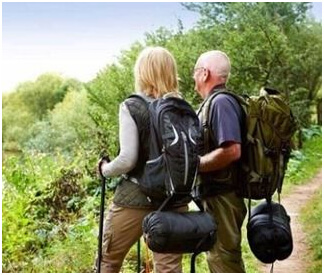
Source:pinterest.com
1. Color matters, particularly when out in the wilderness. You would not want to attract attention from lurking predators. Bees and wasps, for instance, are easily attracted to bright colors as these insects often mistaken them as flowery blooms. Bears, being curious creatures, may easily be swayed to check a neon pink shirt over a dark gray one. Or that mosquitoes are attracted to bright blue colors than red, even if it represents the color of blood.
Camouflage is a good choice when in the wilderness as it allows you to blend in with the foliage. So does the colors navy, midnight blue, olive, greens, black, gray and brown. Consider this ArmyUniverse 9-pocket Cargo Pants which comes in navy blue, black and midnight dark gray. As much as possible, go for earthy tones to easily adapt to your surroundings and attract less attention to yourself. You’re there to survive and not to have a fashion show.
2. Don’t get soaked— go waterproof! When it comes to bugging out in the wild, protection from the wet and the cold must also be a top priority. Rain, snow, mud, rivers need to be crossed, morning dampness, humidity, and other wet elements of nature can easily put you in harm’s way. You can get frostbites or worse, hypothermia and die a painful death.
Do you know that mosquitoes (particularly the ones carrying dengue and malaria) are attracted to wet clothes? So, choose to bring waterproof clothing or, at the very least, clothing that easily dries with the air.
Preppers usually have waterproof socks in their bugout backpack when in the wild.
Obviously, the feet is the first body part that gets exposed to a wet environment. Cold feet means leg cramps– not good for hiking. Plus, you will be crossing rivers or stepping into muddy potholes or damp grasses. This makes NRS Hydroskin Wetsocks a great addition to your wilderness survival clothing arsenal. With a terraprene neoprene core, TiCoat insulation, ThermalPlus cropped-fleece lining and 4-way stretch PowerSpan outer layer for keeping those tippy toes toasty warm all the time.
3 .Choose warm, breathable clothing— but pack a jacket, too. Whether you’re bugging out in the winter wonderland of Midwest or the sunny-all-year-round Florida, packing warm breathable clothing is a must. Wool is a great choice, so long as you’re not allergic to it. Packing in layers though is a must as inclement weather can easily takes a toll to the body. Choose sweat-wicking clothing and jackets that provides warmth but has areas for bodily heat to escape. Steer clear of cotton as it soaks up water.
4. Pockets— the more, the merrier. When picking out wilderness survival clothes, choose multi-pocketed designs. Let your clothes be an extension of your bugout bag. Your shirt, jacket and pants must be able to hold or hide some useful items like flashlight or matches, multi-tools and compact knives, energy foods, compass, bandages, first-aid stuff, and so on. This Uuyuk Men’s Solid Multiple-Pocket Climbing Vest is an excellent choice for layering.
5. Consider flame-resistant clothing. Wildfires can happen anytime and often, when you least expect it. Make sure you do not wear fabrics that easily attract flame. Rather go for ones that prevent spread of fire. Some preppers make good use of Fireguard spray to protect their tent and clothing when out in a testy environment.
6. Consider the surrounding terrain. Bugging out in the wild will expose you to various elements of nature. Do you need to scale snowy mountains? How about crossing a river or a brook? Will there be mud, dust or sand? How about the climate? The wilderness flips from warm to cold in a matter of minutes. So it is better to be equipped with an all-terrain clothing.
7. Don’t forget: Insects! Small yet terrible insects can easily put any survivalist down. Bees and wasps, mosquitoes, flies, arachnids, chiggers, midges, scorpions, centipede, hornets, and the dreaded ticks can be deadly. So choose clothes that repel insects. Check out this Zorrel Insect Shield Long-Sleeved T-Shirt. It’s odorless and suffused with insect shield that repels these little nasties. It also comes in black, heather, navy, military, wet sand, and white colors.
Without a doubt, you will need the right set of wilderness survival cloth to make it in unfamiliar territory. At times, you may also have to wear a bulletproof vest particularly when there’s an ongoing civil unrest. Of course, wearing of provocative attire is a complete no-no in the wild. You would not want your limbs to become bait to predators lurking therein.
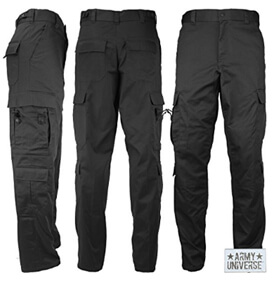

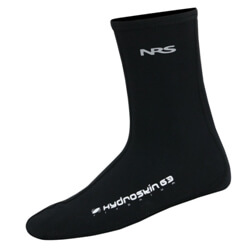
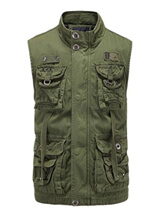
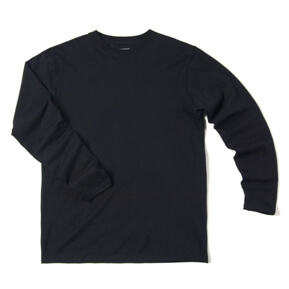

Leave a Reply
You must be logged in to post a comment.